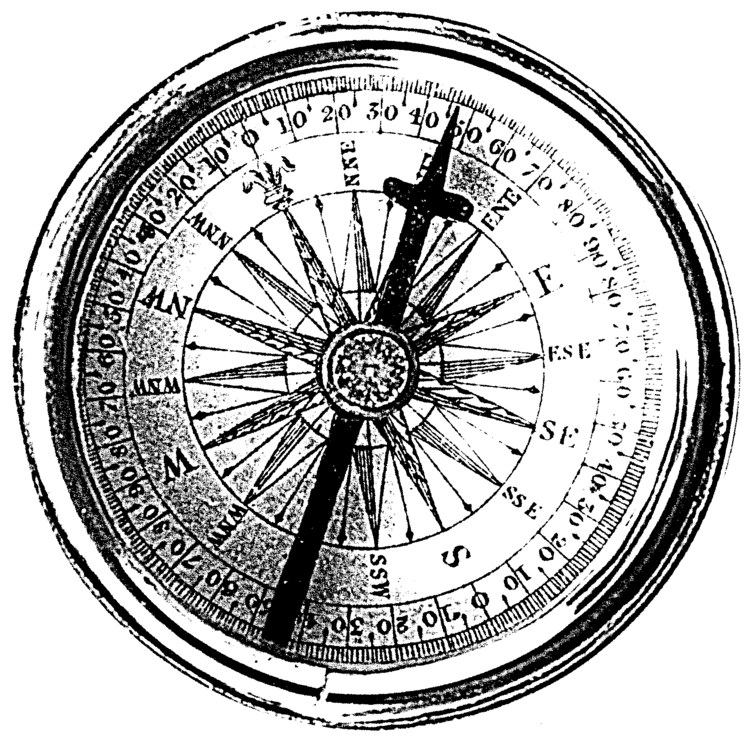Because I earn a living from being a photographer, I find I’m constantly, almost subconsciously, searching for technical perfection. And today’s camera science enables and encourages this quest. We strive for sharper images, greater tonal ranges, frozen movements, truer colours, less grain… And yet I’m not sure that by doing this we are actually telling a greater truth. Perhaps quite the opposite.
I was recently watching a short documentary film about the Italian Photographer Alex Majoli. I was entranced by his imagery not because of the technical excellence of the images but because I felt like I understood a little of his thinking. The compositions have a randomness about them. There is no fear of deep black shadows, over exposed highlights or uncontrolled movement and yet I sense the essence of what he is trying to show us is more honest than if we had been looking at an image executed with the full weight of 2020 technical image making behind it.
Perhaps the most famous imperfection and chance telling of a of greater truth comes from the incredible work of Robert Capa on Omaha Beach during the D-Day landings in 1944. Capa spent an hour and a half photographing under fire as men around him died. A courier then transported his four rolls of film to LIFE’s London offices, and the magazine’s general manager stopped the presses to get them into the next issue. But the excited darkroom assistant, while drying the negatives, rushed the process, melting the emulsion and only a few frames survived. The remaining images have extreme movement and grain that gives them the frenetic feel of action, a quality that has come to define our collective memory of that pivotal moment of the Second World War.
So with this in mind I went back to some images I made a few years ago in India with a Holga Camera. The Holga is the perfect vehicle for photographers wanting an analogue hit to counteract the headlong rush of technology. With their plastic lenses and “cloudy/sunny” aperture settings they are prized for their lack of precision, light leaks, and heavy vignetting. I had marked the images below as “rejects” probably because I thought they were technically poor, but with this new craving for looseness and inexactitude, I now find them be quite evocative of the world I was inhabiting at the time.
The challenge of trying to dial down the technical perfection, accept accidents, embrace chance, is one that I find hard. I’m struggling to understand whether it contributes to the objectivity of the documentary photographer. Perhaps it does…after all, randomness is an honesty in itself.
But there is always the danger that the low-fi aesthetic becomes no more than an affectation... an instagram filter… another way in which the image-maker can sell you their “style” over the substance of reality. This would be my greatest fear!





